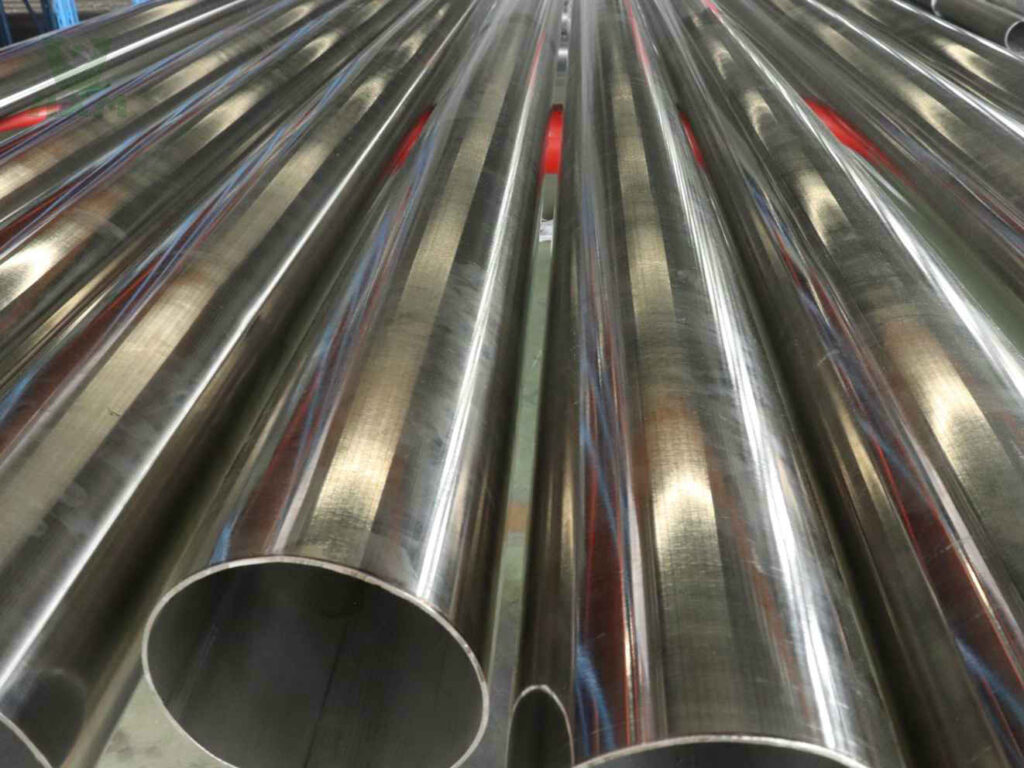Influence of Metal Elements on Nickel-Based Alloys
- July 24, 2024
- 6:12 pm
- 469
Nickel-based alloys are widely recognized for their excellent mechanical strength, resistance to corrosion and oxidation, and ability to operate at high temperatures. The addition of different metal elements to these alloys can significantly alter their properties and make them suitable for specific applications. Below, I’ll detail how various metal elements influence the characteristics of nickel-based alloys and provide examples of specific alloy grades that demonstrate these effects.
Chromium (Cr) in Nickel-Based Alloys:
- Function: Enhances corrosion resistance, especially against oxidation and sulfidation.
- Impact: Chromium forms a stable oxide layer on the alloy’s surface, protecting it from further degradation.
- Example Alloy: Inconel 625 contains 20-23% chromium, offering excellent resistance to a range of acidic and marine environments, making it ideal for applications in offshore oil drilling and aerospace.
Molybdenum (Mo) in Nickel-Based Alloys:
- Function: Improves strength and resistance to creep and pitting in chloride environments.
- Impact: Molybdenum helps in solid-solution strengthening and promotes phase stability.
- Example Alloy: Hastelloy C-276 has 15-17% molybdenum and is known for its robust performance in reducing and oxidizing environments, suitable for chemical reactors and flue gas desulfurization systems.
Iron (Fe) in Nickel-Based Alloys:
- Function: Modulates and enhances the alloy’s mechanical properties and reduces costs.
- Impact: Iron is a ferrite stabilizer and contributes to the alloy’s overall strength and structural integrity.
- Example Alloy: Incoloy 825 features about 22% iron, enhancing its durability in oil and gas recovery, where sulfur and acid are prevalent.
Cobalt (Co) in Nickel-Based Alloys:
- Function: Increases the alloy’s strength at high temperatures.
- Impact: Cobalt provides solid-solution strengthening and enhances the wear resistance.
- Example Alloy: MP35N contains roughly 35% cobalt, used in medical implant devices and aerospace applications due to its exceptional strength and corrosion resistance.
Titanium (Ti) and Aluminum (Al) in Nickel-Based Alloys:
- Function: Both enhance strength through the formation of gamma prime precipitates.
- Impact: These precipitates significantly increase the creep resistance and overall hardness of the alloy.
- Example Alloy: Inconel 718 uses titanium (0.5%) and aluminum (0.2-0.8%) to maintain high strength and creep resistance at temperatures up to 1300°F (704°C), making it suitable for jet engines and high-speed airframe parts.
Tungsten (W) in Nickel-Based Alloys:
- Function: Boosts high-temperature hardness and corrosion resistance.
- Impact: Tungsten enhances the alloy’s resistance to hot gases in turbine engines.
- Example Alloy: Hastelloy X incorporates tungsten (0.2-1.0%) to maintain strength at high temperatures, ideal for aircraft furnace parts and gas turbine components.
Examples of Nickel-Based Alloys
Inconel Series:
Hastelloy Series:
- Alloys: C-276, C-22, X, B-3
- Applications: Chemical processing, pollution control, pulp and paper production, and waste treatment.
Incoloy Series:
Monel Series:
Summary
Nickel-based alloys are meticulously designed to perform in demanding conditions, where each added element plays a crucial role in enhancing specific properties. Chromium and molybdenum primarily boost corrosion resistance, while iron adds strength and reduces costs. Cobalt and tungsten improve high-temperature performance, and titanium with aluminum significantly increases strength and resistance to creep.
FAQ
Nickel is a versatile element used in various alloys due to its corrosion resistance and excellent mechanical properties. Alloys containing nickel include stainless steel, nickel-based superalloys (such as Inconel and Monel), and other special alloys like nickel-silver and certain aluminum alloys where nickel enhances strength and corrosion resistance.
The most common nickel alloys are:
- Inconel: Known for high temperature and corrosion resistance, used in aerospace and chemical industries.
- Monel: Highly resistant to corrosion by acids and alkalis, used in marine applications and chemical processing.
- Hastelloy: Renowned for its corrosion resistance, especially in harsh chemical environments like strong acids.
- Nichrome: Primarily used in heating elements due to its high electrical resistance and heat tolerance.
Stainless steel is not typically classified as a nickel-based alloy, though it often contains nickel. Stainless steel is primarily an iron-based alloy, with chromium being the primary alloying element (at least 10.5%) that gives it its stainless characteristics. Nickel is added to certain stainless steel grades to enhance their corrosion resistance, ductility, and toughness.
Nickel alloys are used in various demanding applications across industries due to their robust properties:
- Aerospace: Components like jet engines and turbine blades due to high temperature strength.
- Energy Sector: Used in supercritical and ultra-supercritical boilers due to corrosion resistance at high temperatures.
- Chemical Processing: Equipment that must resist harsh chemicals and high temperatures.
- Oil and Gas: Pipes and valves in sour gas conditions where corrosion resistance is critical.
- Marine: Propeller shafts and offshore rigs for superior saltwater corrosion resistance.
Yes, Inconel is a nickel-based superalloy. It primarily consists of nickel and chromium and is known for its ability to withstand extreme temperatures and corrosive environments. This makes it suitable for high-stress applications where high surface stability is required.
Yes, nickel can be found in some aluminum alloys, though it is not a standard component in most. Nickel is added to specific aluminum alloys to improve strength at elevated temperatures and to enhance overall mechanical properties. It’s commonly used in aluminum alloys designed for high-performance applications such as aerospace components.
Our competitive Monel products
If you found this article good, feel free to share it on your other social media platforms.












